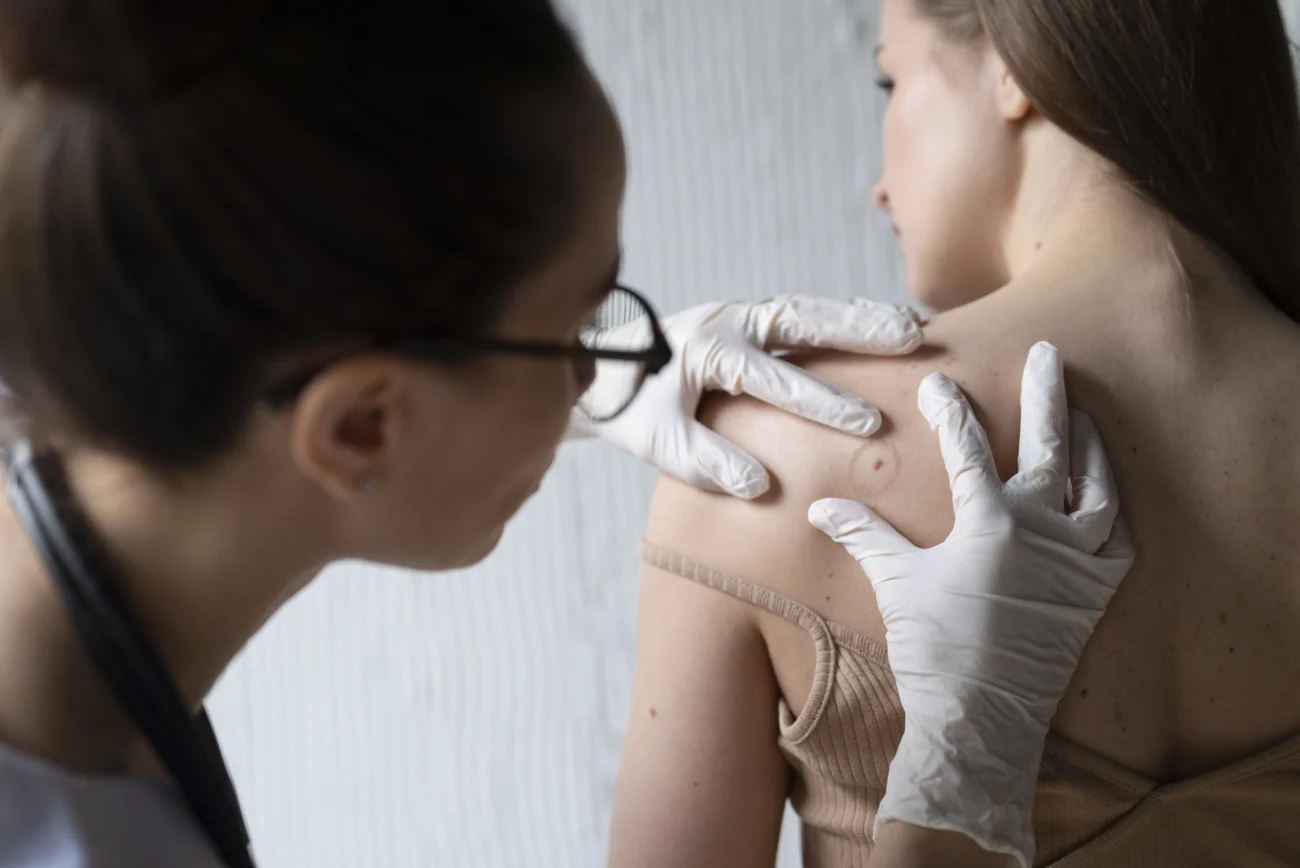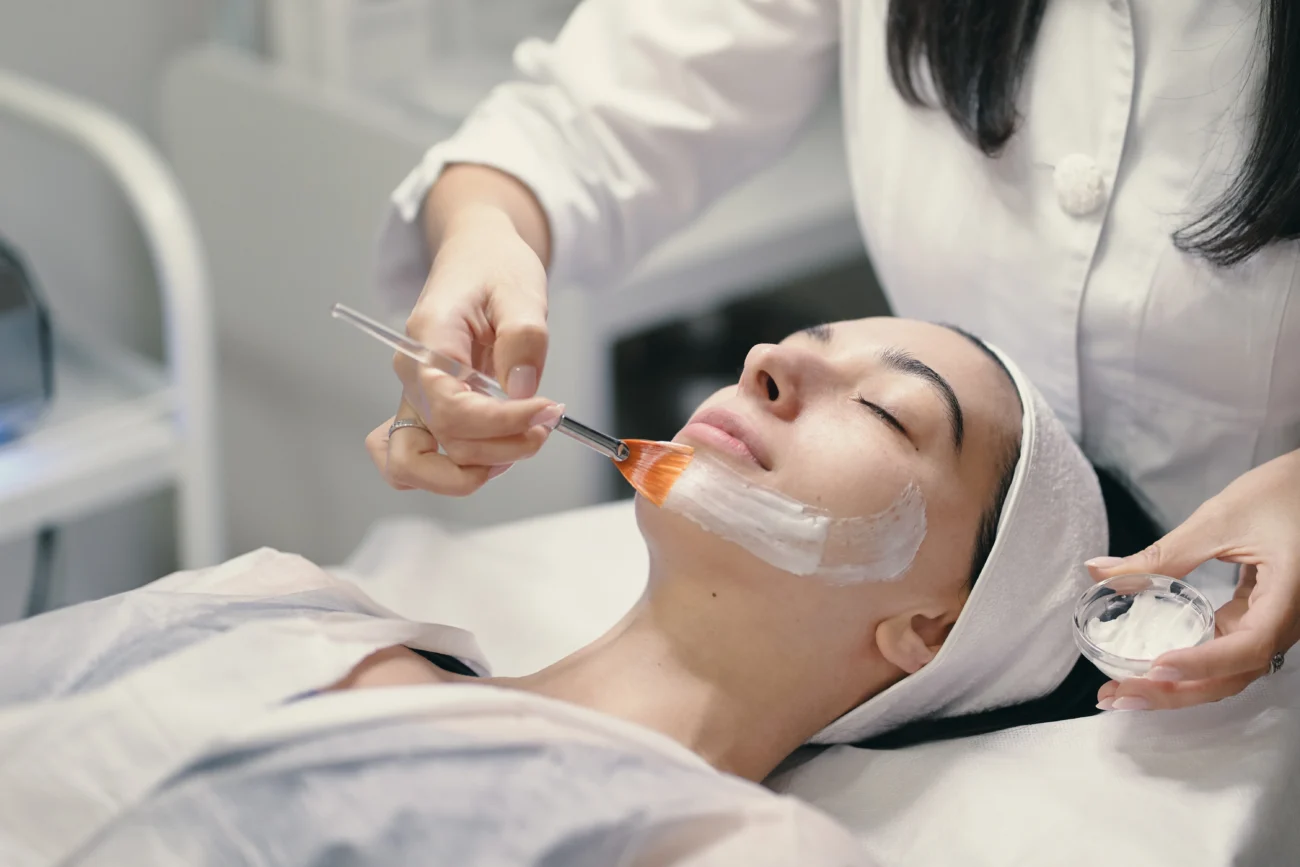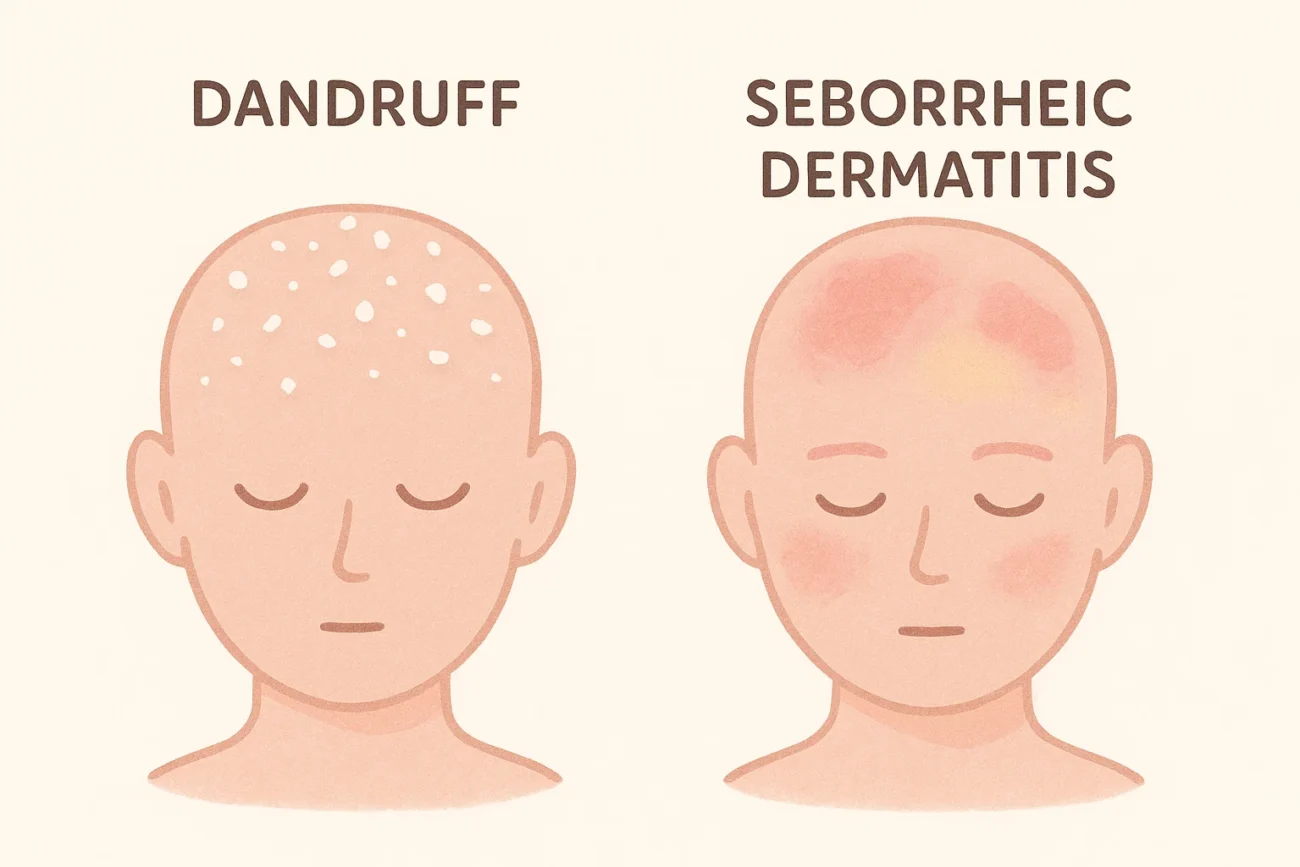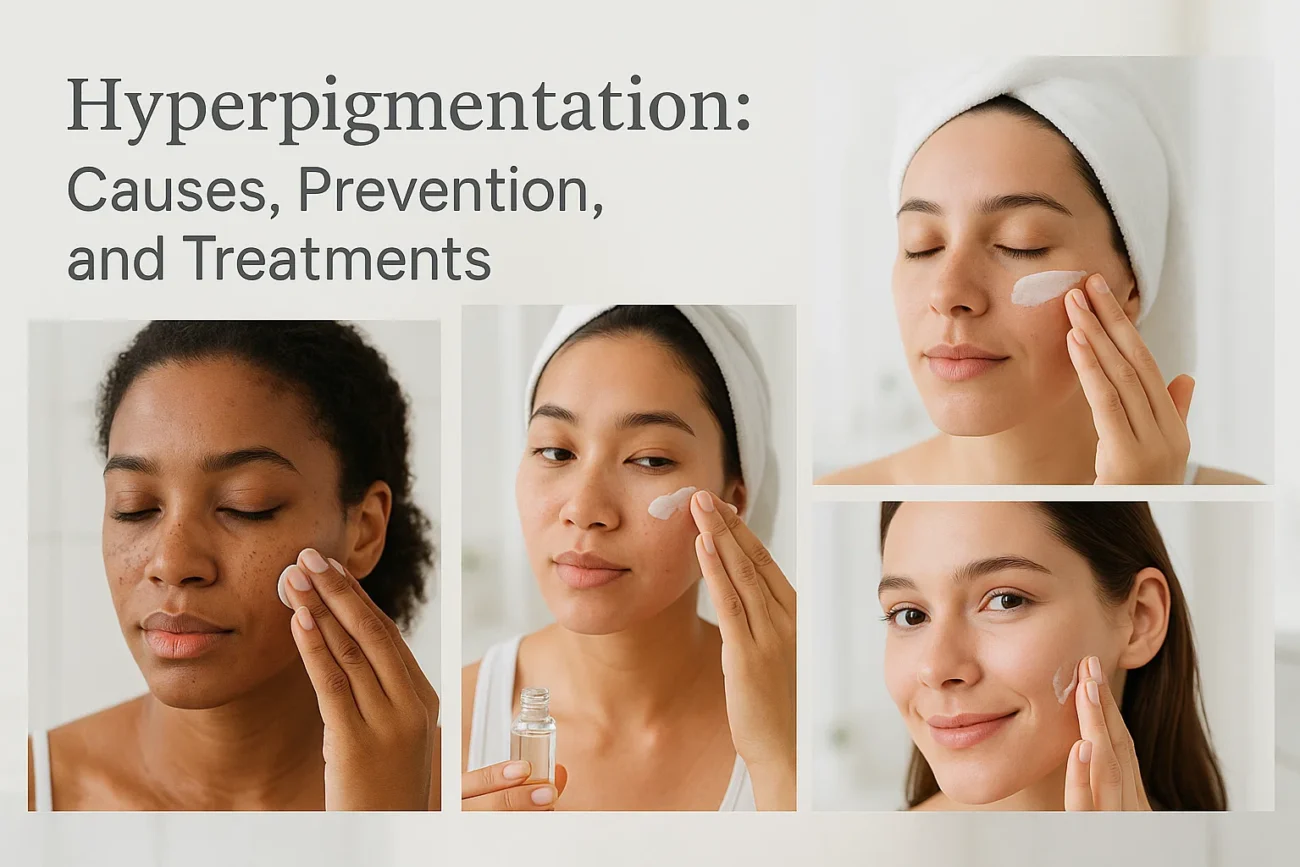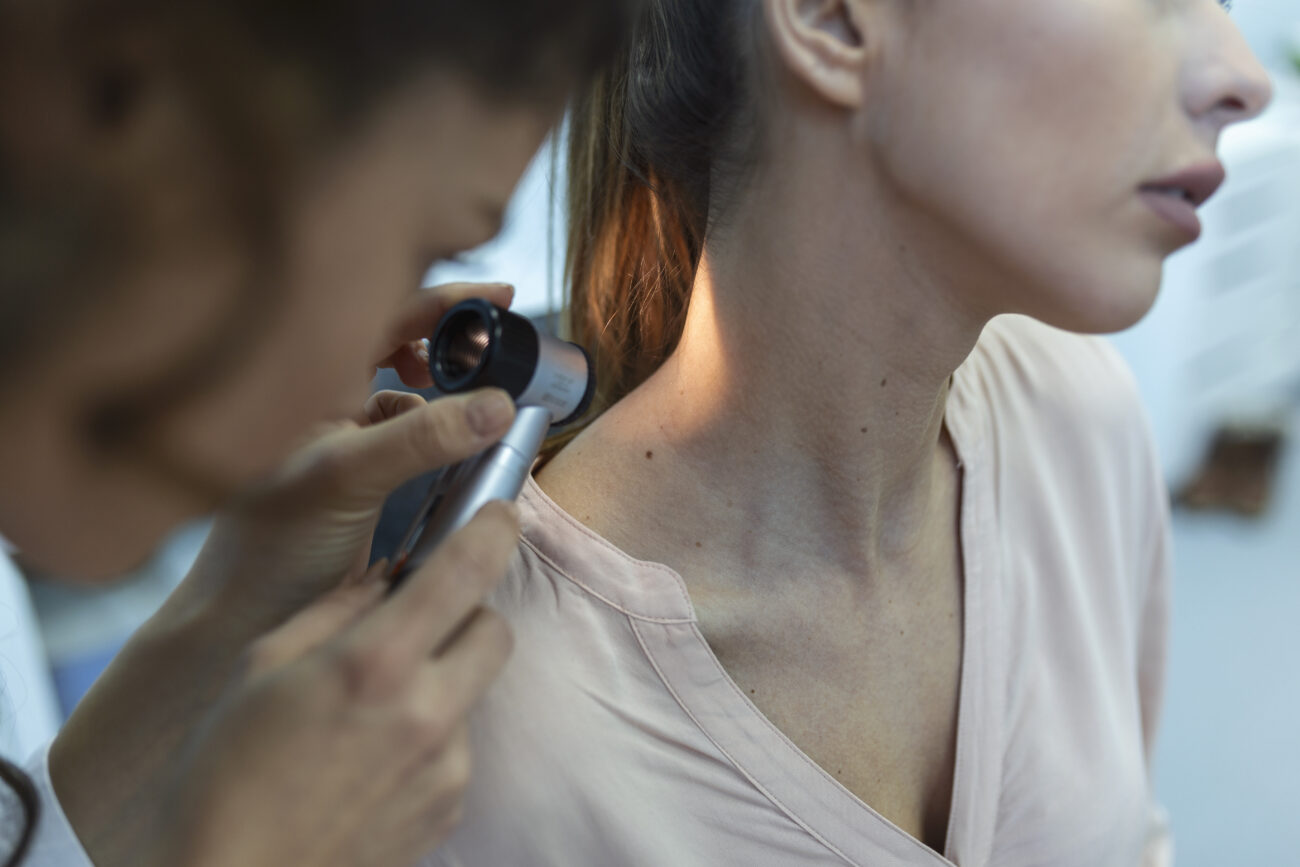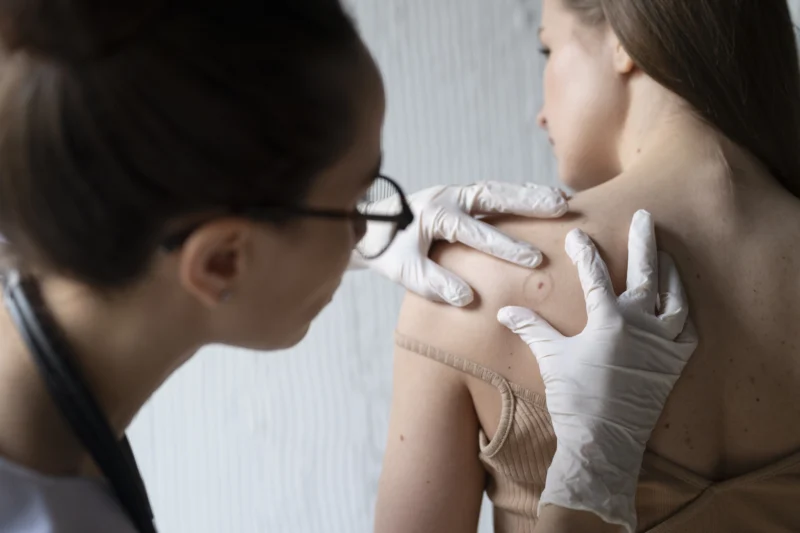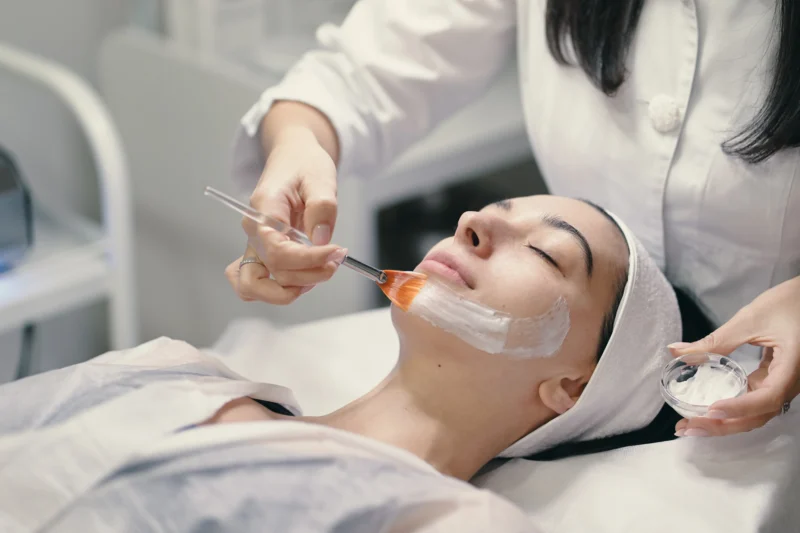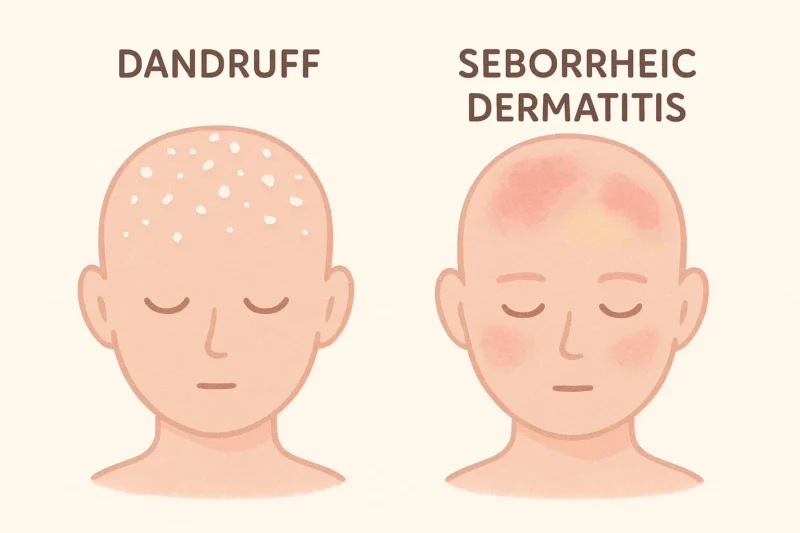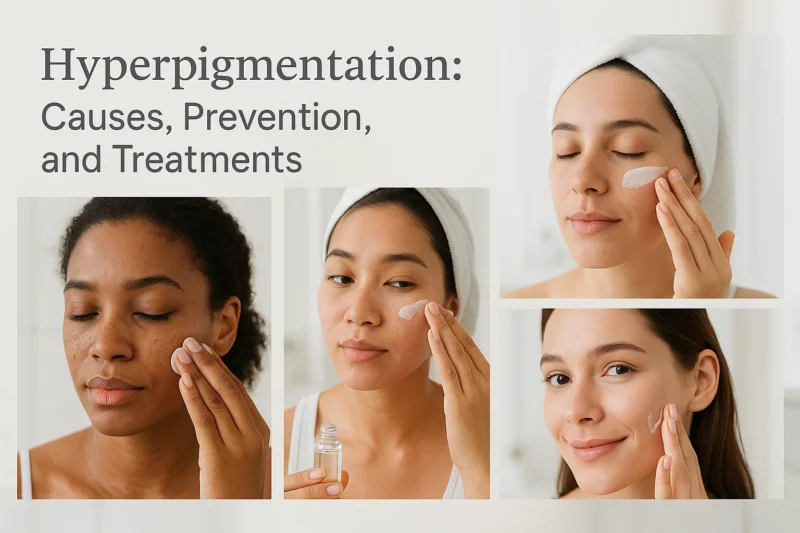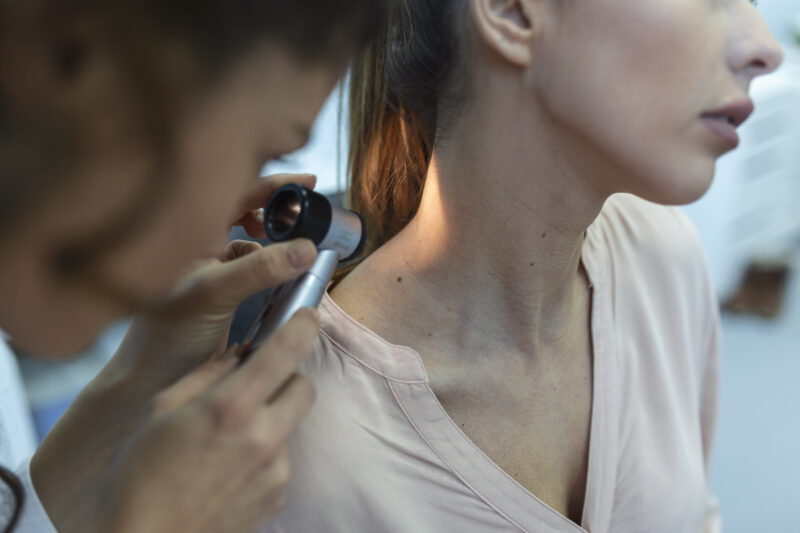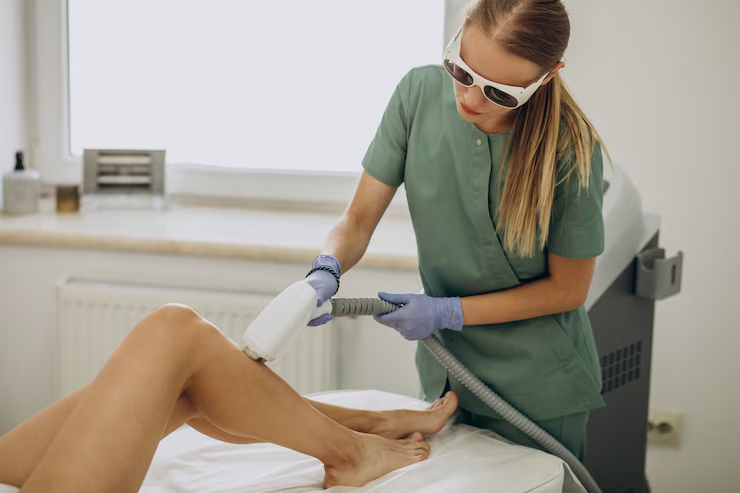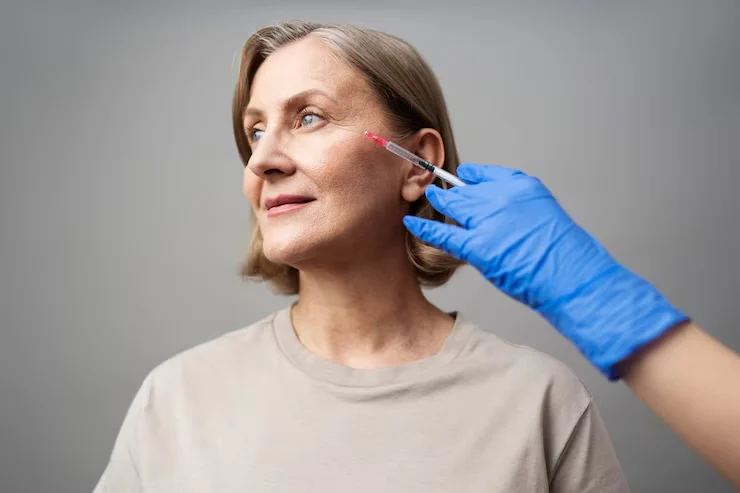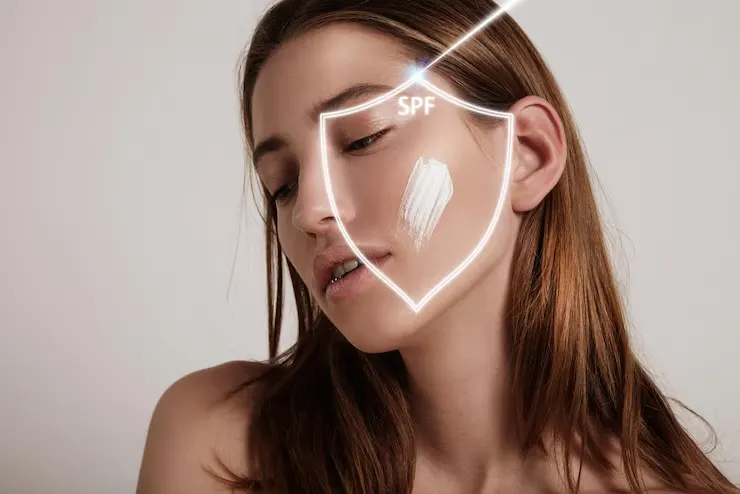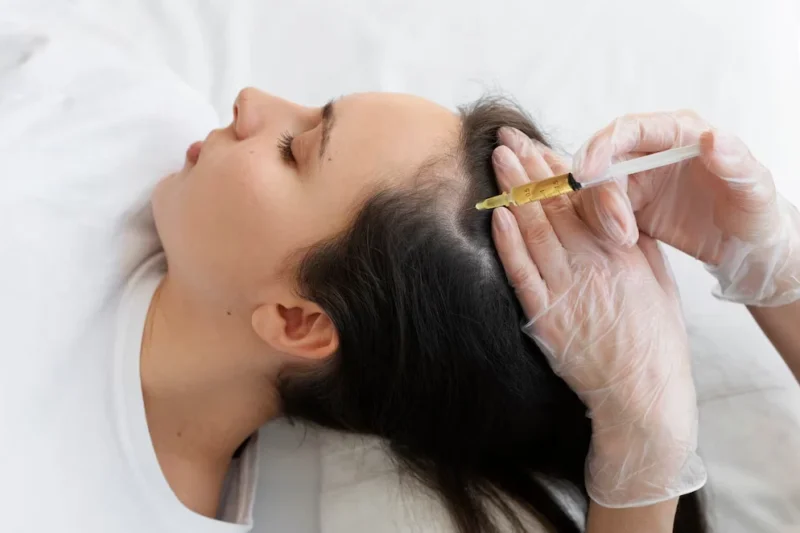Acne is often thought of as a concern limited to the face, but many people struggle … Back Acne 101: Causes, Triggers, and TreatmentsRead more
Chemical Peels: Everything You Need to Know
If you’ve been struggling with dull skin, acne scars, pigmentation, or early signs of aging, you … Chemical Peels: Everything You Need to KnowRead more
Seborrheic Dermatitis vs Dandruff: What’s the Difference?
A flaky scalp can be frustrating—and confusing. Many people assume that all scalp flakes are just … Seborrheic Dermatitis vs Dandruff: What’s the Difference?Read more
Hyperpigmentation: Causes, Prevention, and Treatments
Skin tells stories of age, health, lifestyle, and even stress. But for many, these stories are … Hyperpigmentation: Causes, Prevention, and TreatmentsRead more
Can Radio Frequency Surgery Remove Skin Tags, Moles, Warts Permanently?
Skin imperfections like skin tags, moles, and warts can affect your confidence and comfort. While usually … Can Radio Frequency Surgery Remove Skin Tags, Moles, Warts Permanently?Read more
Is Laser Hair Removal Worth It? What to Expect and How It Works
Unwanted hair can be a persistent source of discomfort and insecurity for many people. Whether you’re … Is Laser Hair Removal Worth It? What to Expect and How It WorksRead more
Integrating Anti-Aging Treatments with Lifestyle Changes for Optimal Results
Aging is a natural part of life. But while we can’t stop the clock, we can … Integrating Anti-Aging Treatments with Lifestyle Changes for Optimal ResultsRead more
Sunscreens: Importance & Benefits
In the world of skincare, one product consistently tops the list of must-haves—sunscreen. Whether it’s a … Sunscreens: Importance & BenefitsRead more
What is Hair Mesotherapy and How Does It Work
Hair loss is a common concern affecting both men and women globally, impacting confidence and self-esteem. … What is Hair Mesotherapy and How Does It WorkRead more
Benefits of Regular Facials: More Than Just a Glow
Facials are often seen as a luxurious indulgence, reserved for special occasions or spa days. However, … Benefits of Regular Facials: More Than Just a GlowRead more
